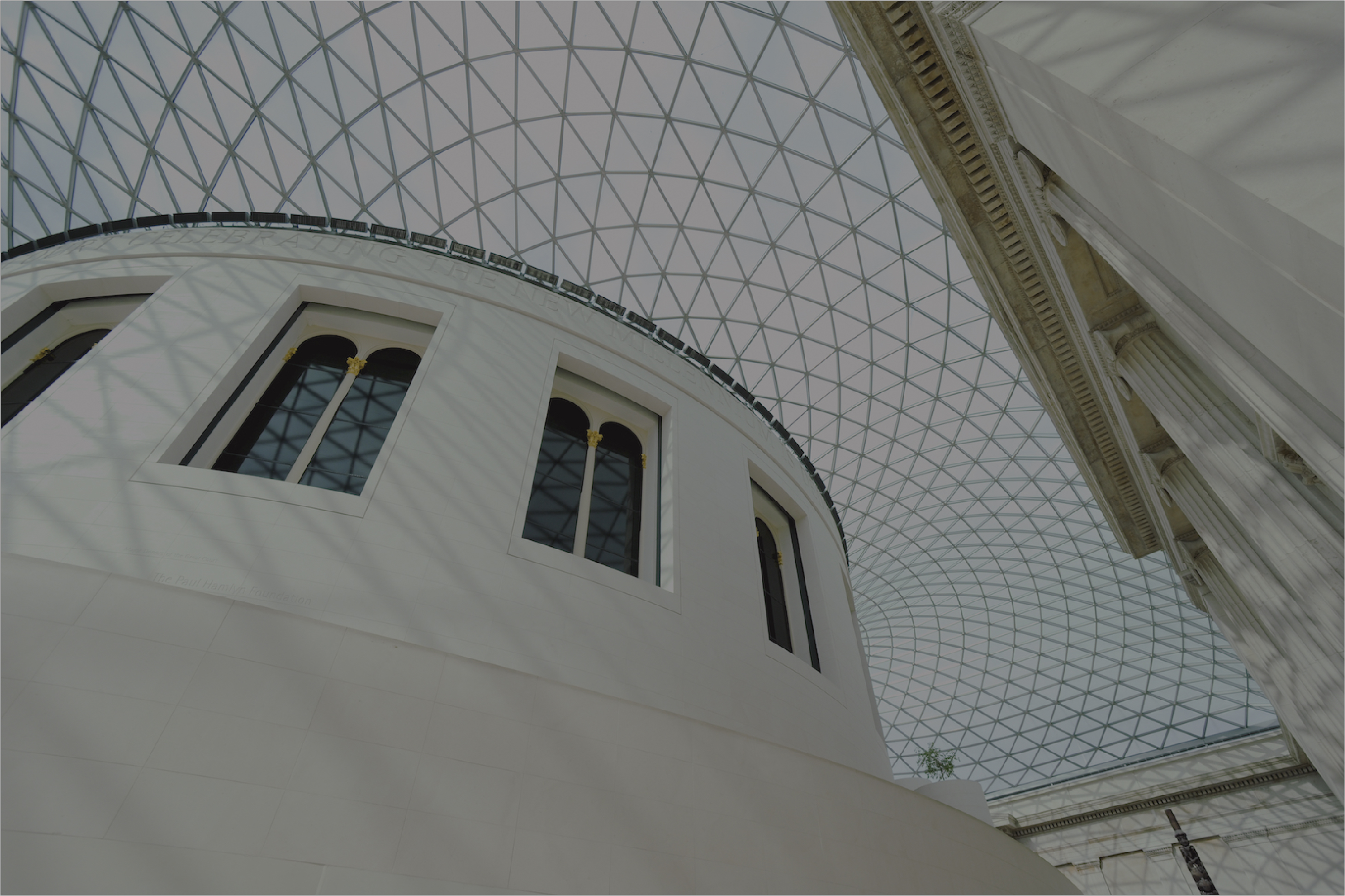Located in the south eastern corner of the Arabian Peninsula, Oman is the oldest independent state in the Arab world and, at its peak in the 19th century, controlled sizeable parts of the Arabian Gulf and East Africa stretching from Mombasa to Kila, Zanzibar, Pemba and Bata and also including parts of what are now India and Pakistan. Oman has been independent since local tribes expelled Portuguese colonists in 1650. Ending a period of decline and isolation under Sultan Said bin Taimur (1910-1972), incumbent Sultan Qaboos bin Sa’id assumed power on July 23, 1970 following a bloodless coup supported by British Special Forces against his father. Sultan Qaboos bin Sa’id continues to enjoy widespread popular support amongst the country’s diverse ethnicities and tribes, and Oman emerged unscathed from the Arab Spring that affected many other countries in the region. The sultan rules by Royal Decree and is both chief of state and head of government, as well as the minister of defence, finance and foreign affairs, the commander-in-chief of the armed forces and the chairman of the central bank.
Since 1970, Sultan Qaboos bin Sa’id has embarked upon an ambitious, albeit gradual and careful, economic and political reform program to modernise Oman. This has been achieved through overturning Sultan Said bin Taimur’s onerous restrictions on personal freedoms and investing heavily in health, education and welfare. Prior to Sultan Qaboos bin Sa’id coming to power, Oman had no secondary schools and only two primary schools in addition to two hospitals run by an American mission and almost no roads. Today, Oman has 12 airports (the primary airport being Muscat International Airport), 29,685 km of paved roads (includes 1,384 km of expressways) and three major ports and terminals, namely Sultan Qaboos Port in Muscat, Salalah Port in Dhofar Governorate and Sohar Port in Al Batinah Governorate. In March 2013 the strategically well-positioned and sizeable port of Duqm officially began commercial operation with industrial and free trade zones that will rival the largest in the MENA region being constructed. Plans to develop Oman’s refining sector will be buoyed significantly by the construction of a US$6bn refinery, estimated to be completed by 2017, as part of a petrochemical and storage complex being built in Duqm.
Indicative of the rapid rate of progress and modernisation the country has seen in recent decades, the latest United Nations Development Programme report on Human Development Index (HDI) for 2013 reported that between 1980 and 2012 life expectancy in Oman has increased by 12.4 years and expected years of schooling improved by 10.1 years while the country’s Gross National Income per capita increased by 56%.



